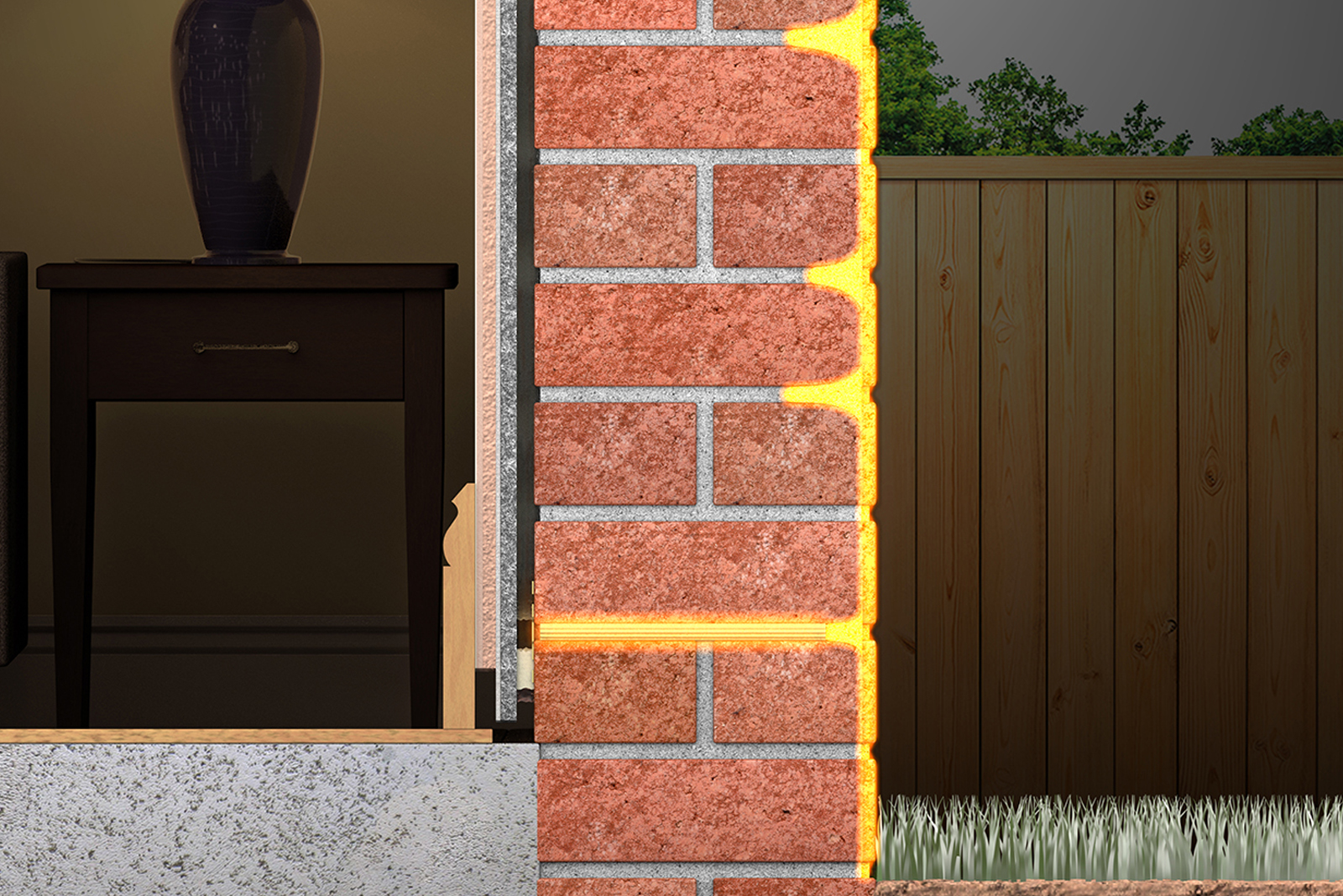
Hudson Lambert, director of Safeguard Europe, considers the issue of microbeads in some anti condensation and mould prevention paints, and the alternatives.
Brought to public attention by Blue Planet II, plastic pollution could be the biggest environmental issue of our time. In that context, it’s then shocking to learn that some anti-condensation and mould prevention paints contain microbeads – the bane of the aquatic, and increasingly the terrestrial, food chain.
Every year, it’s estimated 8 million tonnes of plastic finds its way into the oceans. In the main, it takes the form of ‘single-use’ plastic products like straws, cups, drinks bottles and carrier bags. If you find 8 million tonnes hard to visualise: it’s a dustbin lorry load of plastic going into the sea, every single minute of every day of the year. If pollution continues at that rate for the next seven years, there’ll be one tonne of plastic in the sea for every three tonnes of fish. If we can’t reverse the trend, by 2050 there’ll be more plastic than fish.
But beyond the mid-ocean rafts of plastic gracing our TV screens, one of the greatest concerns is the presence of microbeads and other granular plastic, as this is well-known to have now entered the food chain. If nothing changes by the 2050 point above, the microplastic granules already found in much seafood will be spread throughout the entire food chain.
Some of this microplastic emanates from manufacturing processes, although measures – such as Operation Clean Sweep – are in play to ensure waste plastic pellets, flakes and powders don’t unavoidably end up in our rivers or seas. However, until microbeads were recently banned from their composition, the greatest culprits were consumer products, like body scrubs and toothpastes.
That’s why it will come as a surprise to learn that some types of anti-condensation paints still contain these very microbeads. Now while no-one would suggest these products find their way into the ecosystem in anything like the quantity of rinsed toothpaste; every time they are sanded or stripped, this damaging material can conceivably enter our water courses – and our food chain.
The reason these paints contain microbeads is to provide an insulation element in the fight against condensation, and its by-product, black mould by raising surface temperatures.
Condensation occurs when moisture-laden air hits cooler surfaces (e.g. windows, walls and ceilings), which causes water in the air to condense back into its liquid form. This obviously causes dampness on the affected surfaces – walls, ceilings and cills – and subsequent black mould growth.
Solutions to condensation problems tend to fall into two main categories: reducing the amount of moisture in the air – not always practical because of human behaviours (washing, cooking, reluctance to open windows etc.) – and increasing surface temperatures.
Anti-condensation paints are able to slightly increase the surface temperature of walls, reducing the likelihood that condensation will occur. When used in conjunction with other measures, such as increasing ventilation, they can be a valuable component of a condensation control system.
Yet, having established that the plastic microbead constituent of such paints is undesirable, plastic-free alternatives can be sourced that allow the benefits of microbead technology to be harnessed without the environmental downsides. These include glass microbeads made from pure forms of silica sand.
Formulating with glass microbeads is more difficult as they can be crushed by the high-shear blending process traditionally used to manufacture paints – which has the effect of destroying their insulating properties. Fortunately, modern paint-blending techniques, such as those used to produce Safeguard’s Dryzone Anti-Condensation Paint, allow the more environmentally-friendly glass beads to be incorporated in the formulation without being damaged by the blending process.







